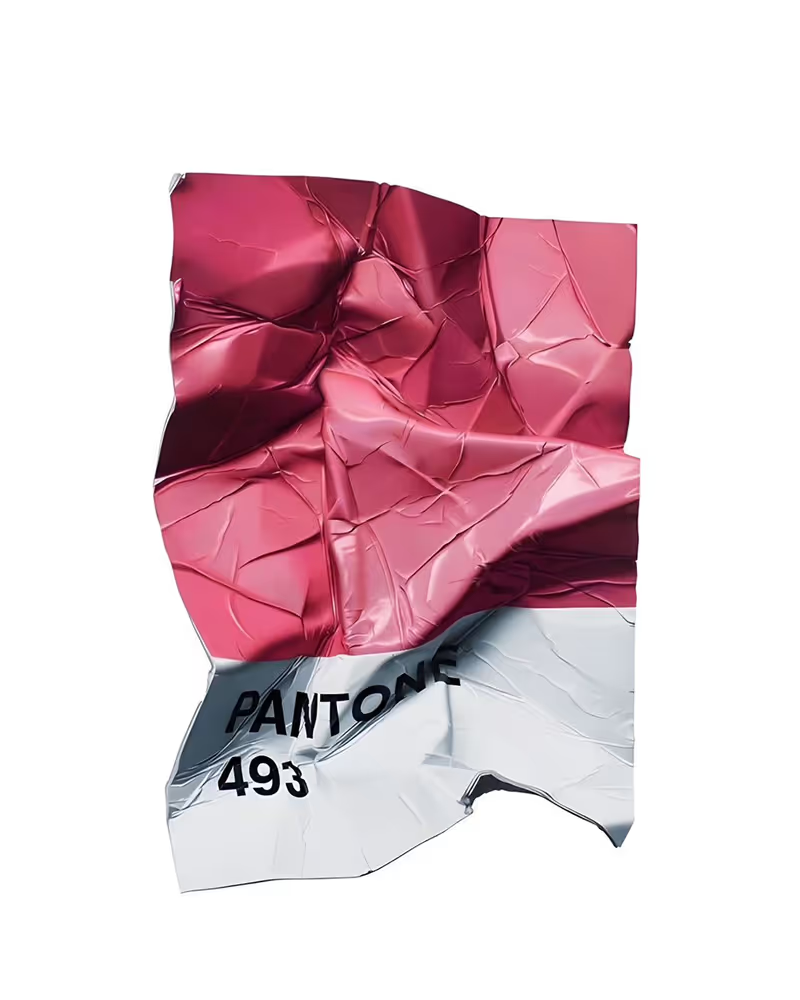Branding in the Web3 Era: history, insights and best practices
Web 3.0
A recent KPMG report projects that demand for luxury items in the Metaverse could reach $50 billion by 2030. As this blockchain-driven internet emerges, fashion entities are entering the space, promising trendy products and innovative Web3 experiences. However, can these companies deliver on their promises? As speculation grows about the platform's evolution, only time will tell if brands can meet public expectations.


source: McKinsey & Company
Web 1.0 to 3.0
The history of branding in the digital world began with basic HTML pages on web 1.0. Web 2.0 arrived with a more interactive approach, introducing blogs, video streaming sites and social media channels like Facebook and Instagram for businesses to leverage their brand presence online.
With Web3, the focus shifts from purely visual branding to an experiential layer of engagement between companies and consumers in virtual realms – what marketers call building “Brand Experiences” (BX). Brand Experiences can be realised through gamification elements or artificial intelligence tools that enable users to interact with companies in creative ways. This opens up new opportunities for branding and storytelling, allowing companies to show their personality within the virtual world.
NFT Content Creation
Branding in the digital age has been revolutionized by web3 and its utilization of tokens, assets, content and NFTs to spark engagement from customers. This incredible new technology also allows brands to generate substantial revenue through selling collectables based on their company's industry and image. Furthermore, with these tools, there is potential for building a cohesive community of loyal followers that will foster lasting support for your brand!
DApps
Thanks to social media marketing, brands now have a greater connection with their customer base than ever before. However, the emergence of decentralized applications (DApps) on web3 has taken that relationship to an entirely new level of trust and transparency. As consumers interact and transact through these apps without the need for any centralized authority overseeing data, both parties benefit from this newfound bond between brand and customer.
Defi
Decentralized finance, commerce, and network open the door to a secure customer experience with no third-party controllers of data. Eliminating banks while facilitating peer-to-peer transactions is both convenient and efficient. Plus, with Defi you can rest assured that your safety, privacy, and data security are all guaranteed! As if this weren't enough of an incentive already - decentralized finance also allows for brand marketing transactions through tokenization.
The Metaverse
The relationship between media and branding has been a longstanding one, and the World Wide Web serves as an ideal platform to showcase it. Ever since web1 came into existence, brands have utilized the internet for growth purposes. We are currently in the midst of another evolution: web 3 – where investors, consumers and brands converge in unprecedented ways.


source: Daniel Arsham for The Row
Opportunity for brands
By adopting this new approach, we have uncovered several key insights. Branding should be agile and creative, as traditional methodologies no longer apply. Brand experiences need to be immersive, engaging customers with interactive tools, while brand stories must be consistent across different channels to establish a strong online presence. Companies should leverage Web3 technologies to effectively communicate their unique brand experience through innovative tools like Augmented Reality (AR), Virtual Reality (VR), and Artificial Intelligence (AI). Best practices for Web3 branding include developing engaging brand experiences with these technologies, ensuring a consistent brand narrative across all platforms, and creating an agile strategy that adapts to the evolving digital landscape.
Best practices
The Gucci Garden on Roblox exemplifies how virtual worlds can create unique environments, featuring multiple themed rooms that pay homage to Gucci campaigns and offering visitors an immersive space for self-expression and creativity.
Upon entering the lobby, avatars can access products from digital versions of the iconic fashion house before transforming into genderless humanoid mannequins, enhancing the experience beyond standard Roblox figures. As users navigate this enchanting garden, they engage with its visual elements while immersing themselves in the experience. Similarly, Nike's GO FlyEase shoes utilise AR technology to allow customers to virtually view the footwear on their feet and even take a virtual 'walk,' resulting in quicker and more informed purchasing decisions.
Another innovative example is "Louis: The Game," unveiled on April 8, 2021, to celebrate the 200th birthday of Louis Vuitton's founder. This collaboration between Louis Vuitton and digital artist Beeple allows players to join Vivienne, the brand's mascot, on a quest to find 200 collectible candles while collecting 30 unique NFTs, which, although not resellable, offer players a chance to engage with a piece of fashion history through an app available on Google Play and Apple stores.
In conclusion
Web3 has opened up a world of potential for brands to create Brand Experiences that are more immersive and engaging than ever before. It allows companies to leverage innovative technologies like AR, VR or AI to tell their story interactively and build meaningful relationships with customers. Web3 can also be used effectively to reach younger audiences who prefer virtual engagement over traditional methods. With the right strategies in place, businesses can tap into this new digital landscape and reap great rewards from it. If you’re looking for help creating Brand Experiences on web3, our team at Brand Agency is here to assist you every step of the way!







